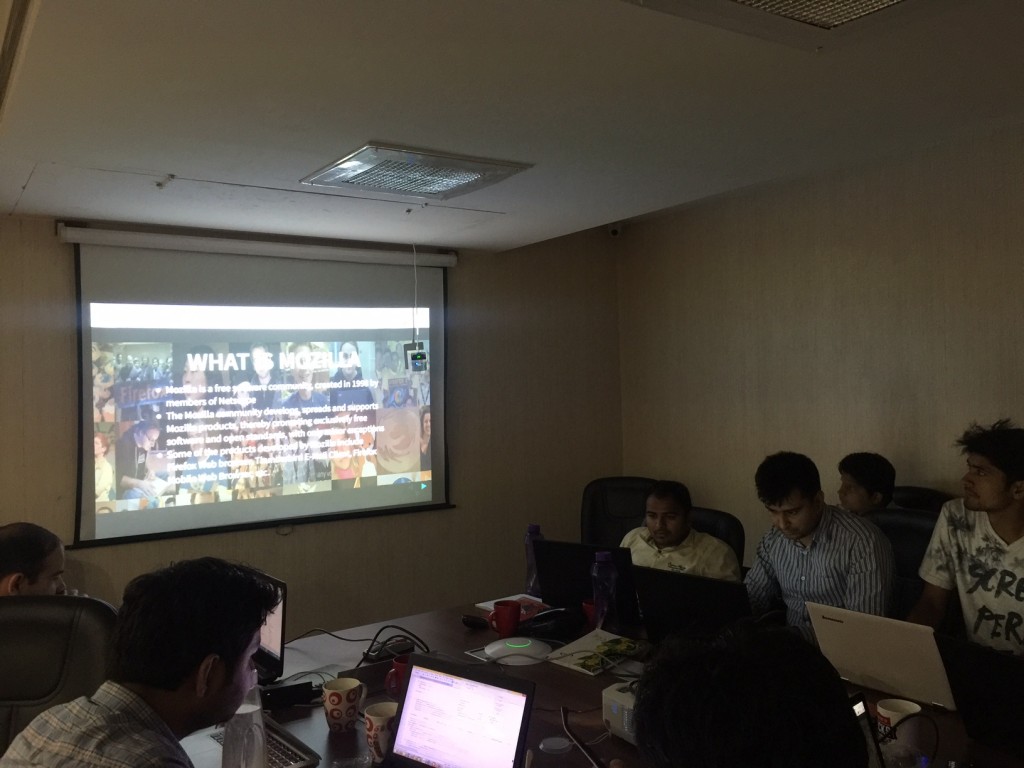Web sites, applications and organisations which majorly function out of the internet are at an adverse risk from the lack of web and online security. Setting aside the risks created by the misuse of online resources and uneventful employee use, the threat from the unaltered still prevails.
The web server on which your information and website are hosted, along with any networks connected to it, give way to the simplest yet the most penetrable sources of security risk. All security and web servers are designed in a manner which deem in inevitable to avoid a window that connects the world with your network. What defines the size of that particular window, are the methods used for server maintenance and web updates and the care taken with safeguarding website coding.
Eventually, your outlook towards web security and the steps taken to stabilise the same establishes the degree of web security you end up with, plus it limits the information that it lets through. Keeping this in mind, Pulp Strategy invited Kunal Relan, a trainer at Mozilla, to have a look at our network and web security and to conduct a seminar for the IT and operations team so as to provide a practical insight into how things function on the other side of the wall.

With the onset of open source technologies and automated web application security testing using OWASP (ZAP), the stakes have gone higher and become more undefined. Providing the virtual hue and cry with voice of its own, Mozilla’s Mission statement which supplements a whole new perspective to the problem of web security, maintains that, “The Internet is an integral part of modern life, a key component in education, communication, collaboration, business, entertainment and society as a whole”.
It also states in the same context with its commandments and security ideals that “The Internet is a global public resource that must remain open and accessible” and the “Individuals’ security and privacy on the Internet are fundamental and must not be treated as optional”.
These however, are excerpts from Mozilla’s Mission, which unfortunately is not what a hacker or security violator would operate by.
For organizations that manage and host their own web applications, it is particularly important to look deep into the causes that make your digital properties vulnerable and at risk. Analysing your online risk not just enables the identification of probable risks, but calculates the odds to decipher the possible outcomes. It all comes down to the approach of the programming language used and the course of development chosen, which act as the foundation towards improved and authentic security.
What the developer and IT professionals need to be open towards and adept at are the new and unorthodox ways of security and web application security through Open Source Technologies. Unethical hackers all around the world are gaining access in unusual ways, so the least we can do is make our defences complicated, if not harder.
A tool that saves the day in the time of cyber chaos is the Zed Attack Proxy (ZAP). An open source tool that was developed at the Open Web Application Security Project (OWASP), with the main goal of allowing easy penetration testing to eliminate vulnerabilities in the web. It is the need of the hour and should be at the top of your web security concerns, if not governing them.
As far as governing is concerned, development teams of organisations are commonly known to use web frameworks to develop applications or host websites and therefore fall back onto built-in security features, leaving no scope for figuring out possible attack scenarios. The other half rely on their respective operation teams when it comes to securing web application which is the right thing to do, and some say that they return to bed much happier.
Should you be concerned about being a potential target? If you’re able to read this article or even publish it, then to an extent, yes. Facts supplement that it is usually the small and medium businesses that are easy access for cyber criminals and keeping in mind the general trends surrounding web and web security, things seem to be going downhill unless the perception of the problem intensifies. The time that we live in has diversifying endpoints, so be it a desktop, laptop or a traditional server, all of them are connected with tablets, smart watches and smart phones. All of these, individually and as combined entities are ideal attack surfaces and constantly contribute to the problem by providing hackers with new and developed platforms for them to sink their virtual teeth in.
Take a small risk today and save yourself from greater ones lurking about the darker corners of the web.





